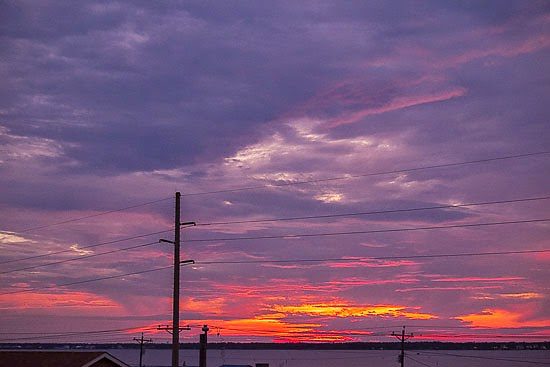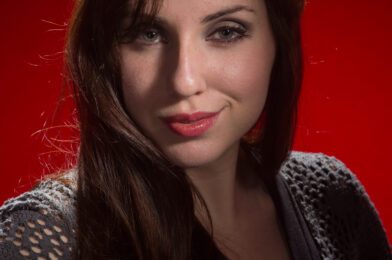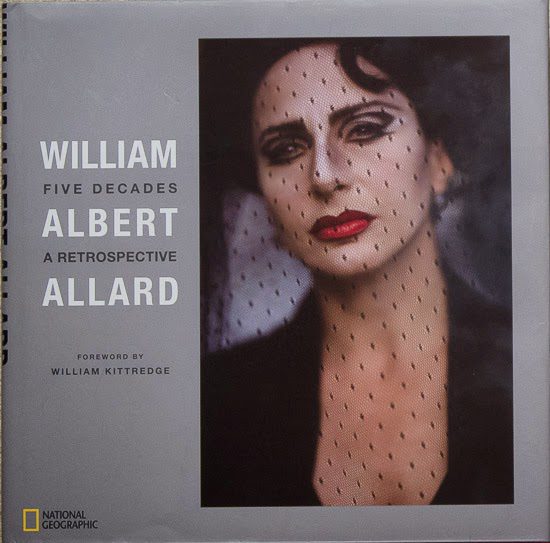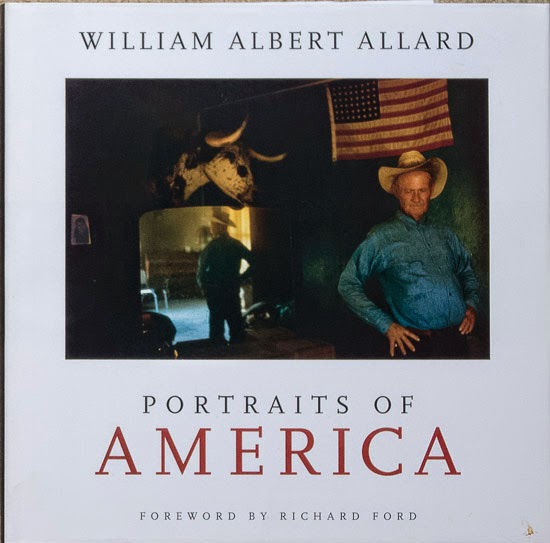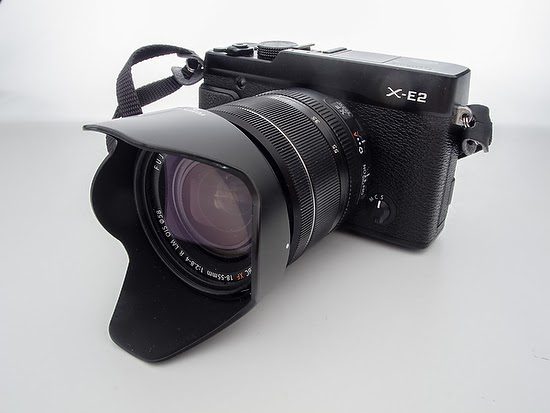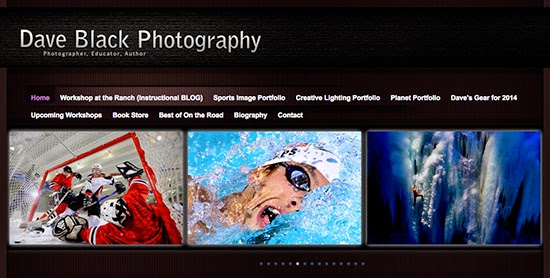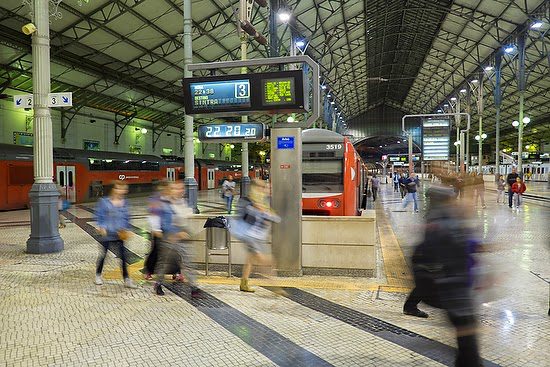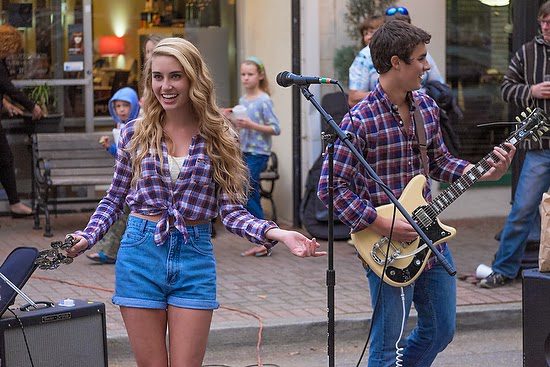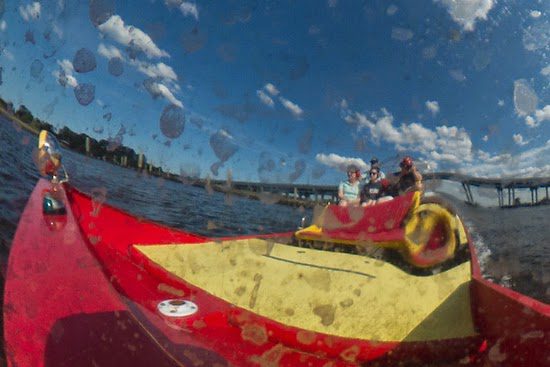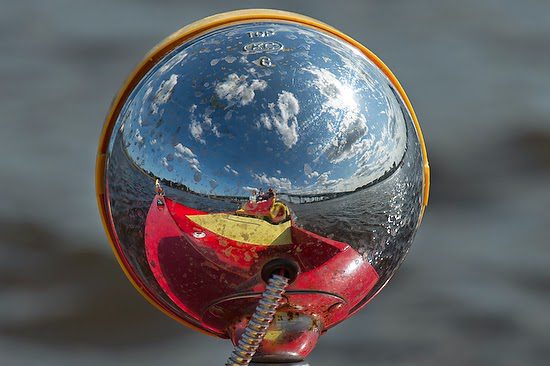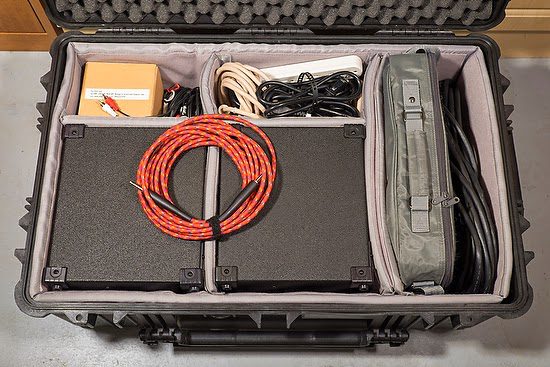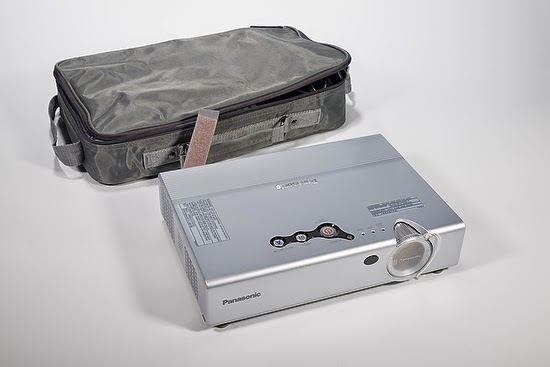| Fuji X-E2, 18-55mm, ISO 3200, ƒ/4, 1/500 |
No matter where I adventure, I always want to capture a photo that encapsulates the mood I felt about the location.
This week my family is enjoying a vacation at Emerald Isle, NC. You can see the ocean from our front porch, and from the back porch, you can see the Intracoastal waterway. Get the sunrise and sunset over the water.
The downside of our location is seeing all the telephone poles and the wires stringing along them and cluttering the view.
 |
| Fuji X-E2, 18-55mm, ISO 6400, ƒ/2.8, 1/30 |
Our neighbors up and down the coast are all in what appears to be vacation mode. None is in a hurry. Even driving down the road, people are way below the speed limit rather than in a rush. It is peaceful and very relaxing.
 |
| Fuji X-E2, 55-200mm, ISO 200, ƒ/7.1, 1/640 |
Couples enjoy time together in the surf and walking along the beach. Here I enjoyed watching the team from our 3rd-floor balcony.
I can feel some of what I captured in the photos, but still, I am not entirely satisfied that I have an image that truly captures the mood of the place.
 |
| Fuji X-E2, 18-55mm, ISO 6400, ƒ/2.8, 1/75 |
There are no ships, just quiet times along the beach in the evenings.
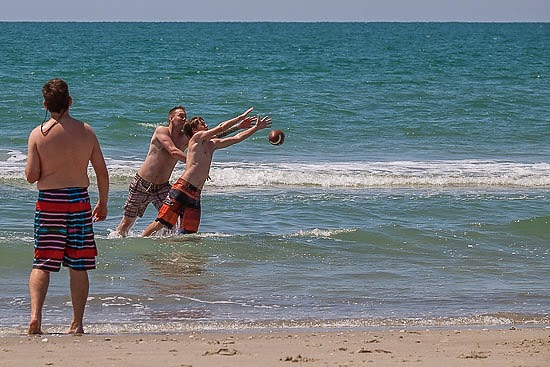 |
| Fuji X-E2, 55-200mm, ISO 200, ƒ/8, 1/800 |
I am also enjoying capturing the moments of the youth of today, reminding all of us that are older of the times we spent playing football on these same beaches years ago. Here I have captured my nephew with our new member of the family who married my niece. I think the activity captures a mood and takes me back.
Are these just memory joggers for my family and me, or are they capturing universally understood moments?
 |
| Fuji X-E2, 18-55mm, ISO 200, ƒ/5, 1/1800 |
Do the umbrellas on the beach capture what people around the world can relate to? Does this help take people to their vacation memory?
Visual metaphors are what most photographers who shoot with a photojournalistic intent look for when trying to capture the mood of a place. Travel photographers, street shooters, and photojournalists are looking for those triggers that create a mood and capture a moment.
Stay tuned and see what else I find during the rest of my vacation on Emerald Isle, North Carolina.

